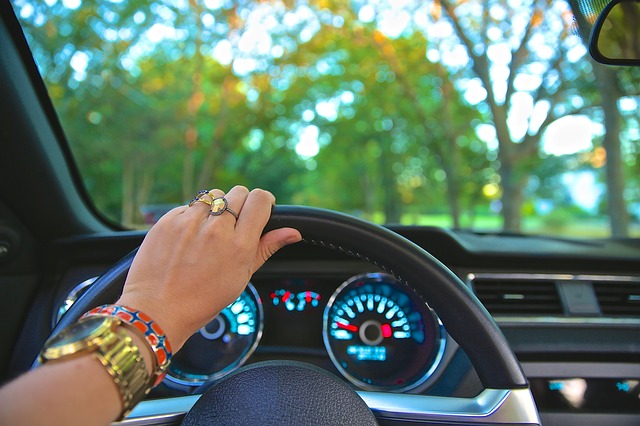A recent study has found that while a car’s windshield protects drivers and passengers from harmful ultraviolet A (UV-A) rays, side windows might not offer the same benefit.
Scientists and the general public have long known that prolonged exposure to UV-A rays increases the risk for getting skin cancer and cataracts. With the amount of time Americans spend driving, one researcher in California decided to test just how much protection modern cars give, says a report from Reuters.
Dr. Brian Boxer Wachler of the Boxer Wachler Vision Institute in Beverly Hills has analyzed the UV-A protection in the glass in 29 cars from 15 different vehicle manufacturers. He measured levels of ambient UV-A radiation behind the front windshield and behind the driver’s side window of car models that came out between 1990 and 2014.
Boxer Wachler found that windshields generally offered good protection against UV-A rays, but protection was lower and less reliable for the side windows. Front windshields showed to block an estimated 96% of UV-A rays, while side windows only offered 71% protection.
On the whole, only 14% of the cars tested offered a high level of UV-A protection in their side windows.
These findings mean that less protection on the side windows could lead to a greater risk for left eye cataracts and skin cancer on the left side of driver’s faces, Boxer Wachler noted. Based on this information, he believes that, “Automakers may wish to consider increasing the degree of UV-A protection in the side windows of automobiles.”
Dr. Doris Day, a dermatologist and skin cancer expert at Lennox Hill Hospital says UV-A rays are especially dangerous to the skin. She says, “The World Health Organization has designated all wavelengths of ultraviolet radiation as known carcinogens. While UV-B is a shorter wavelength of light and is blocked by glass, UV-A is longer and goes deeper into the skin – causing both skin cancer and premature aging as it breaks down collagen. UV-A also goes through glass, making it a potential issue for those who have daily commutes or spend extended periods in the car.”
Day recommends that people wear sunscreen when driving, to protect against these harmful rays. Drivers may also wish to install window tint products that can block 99% of UV rays, especially in older cars.
The research was published in the journal JAMA Ophthalmology.
























